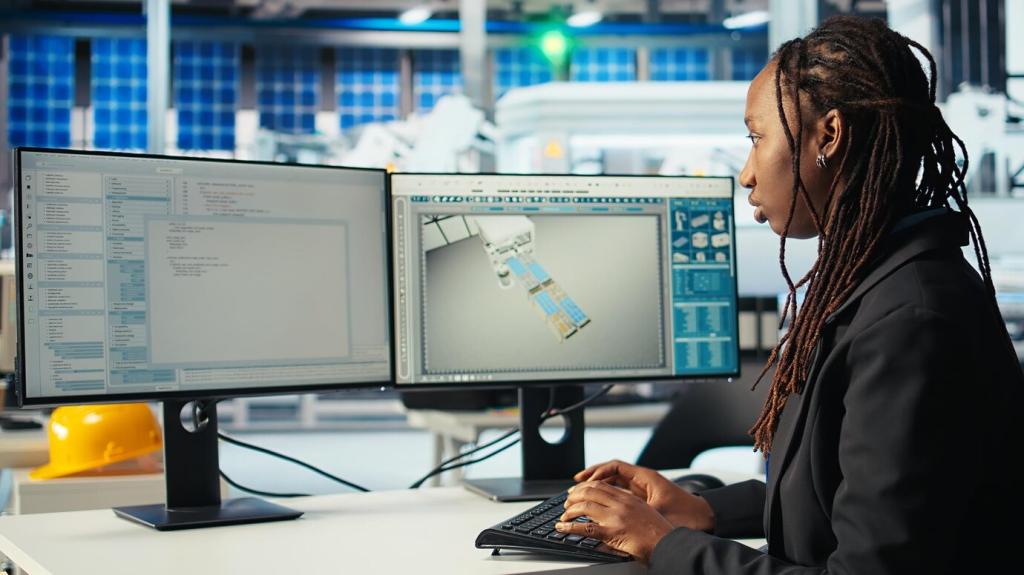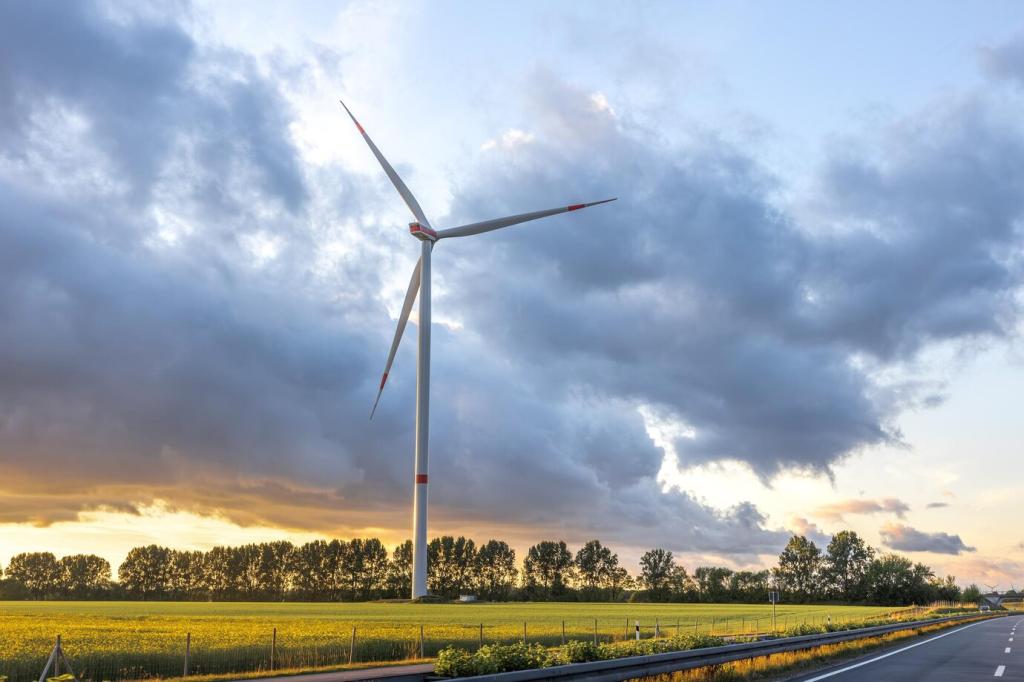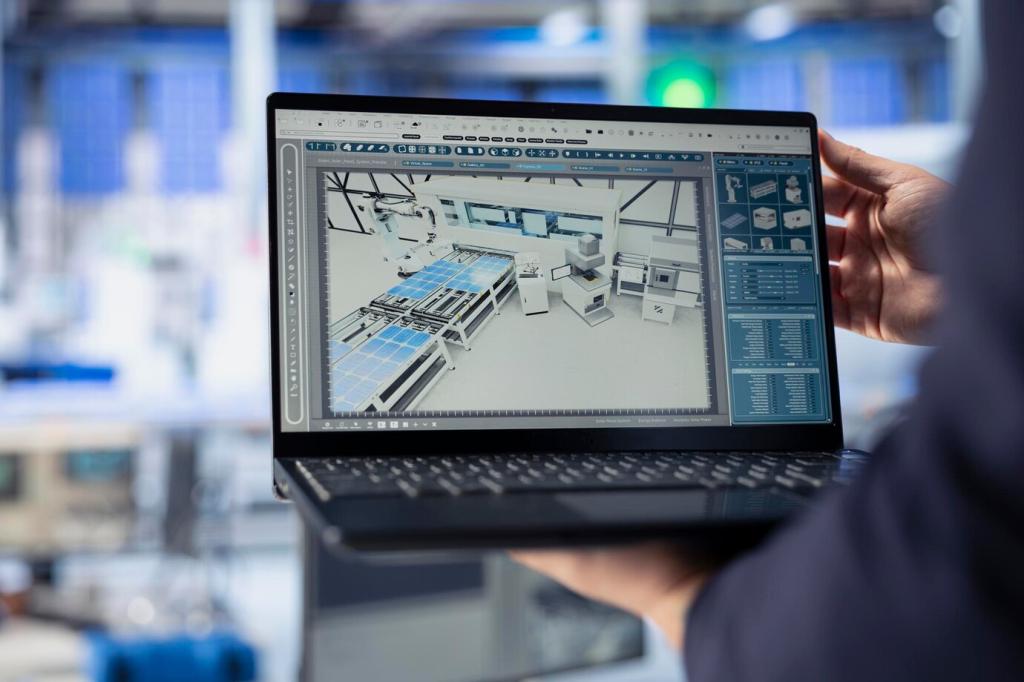Beauty and Personal Care, Reimagined
Shampoo and body bars, powdered cleansers, and solid serums reduce packaging and shrink shipping weight dramatically. They also last longer when stored dry. After switching, a reader named Lina halved her bathroom bin output. What’s your favorite bar format—and how do you store it between uses?
Beauty and Personal Care, Reimagined
Magnetic palettes, twist-lock jars, and cartridge-style deodorants simplify refills while elevating design. Modules prevent cross-contamination and keep everything tidy. We love systems that publish component lifespans and repair parts. Tag us with a photo of your most beloved, long-lived container and share how many refills it has seen.






